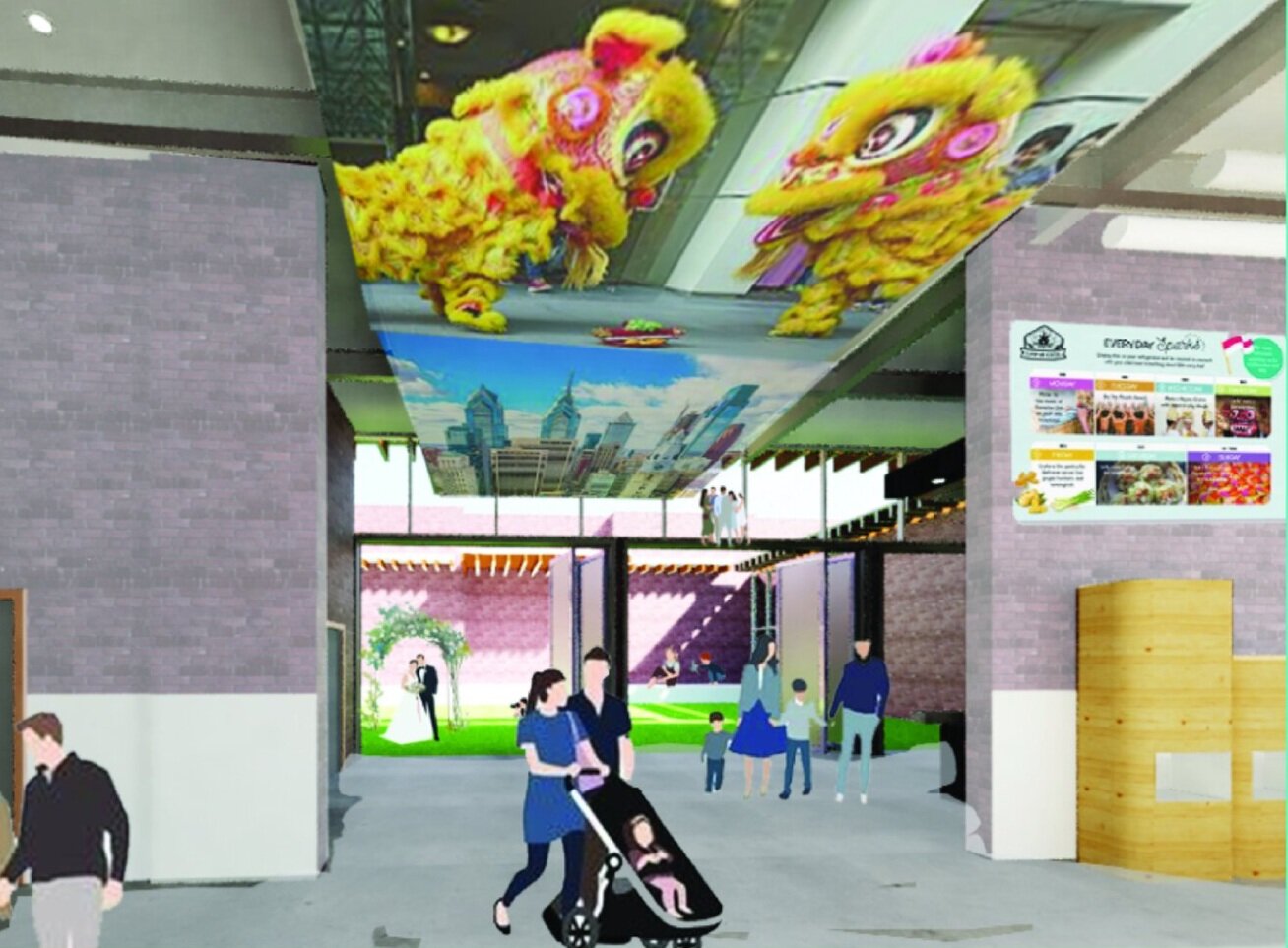Thesis Projects
Thesis Projects by Year
Installation Art and Live Performance as a Means of Exploring Place History
Historic places are visual narratives with natural scenic appeal. Art plays an integral role in highlighting such places that define cultural and social values. This applies to installation art that emerged from integrating the notions of space-making and storytelling to spark curiosity, intrigue, and public engagement. My thesis project focuses on methods of developing an immersive experience where inhabitants are compelled to lose their sense of self and become utterly involved with a constructed cosmology of visual stories. The site selected for the project is the historic city of Al-'Ula in Saudi Arabia known for its complex tapestry of archaeological formation, and offers a great potential of hosting an inhabitable art installation. By allowing a subtle invasion of the place’s history through a modern lens, I believe that a strong sense of place can emerge and a form of imagination will meet reality.
Combating Racism in the Built Environment
Due to unjust practices in the architecture and interior design fields, the built environment lacks equality. In particular, racist practices such as redlining and Jim Crow laws have shaped the built environment to systematically dictate who belongs where. This thesis uses inclusionary methods and community-based design to create a school for underprivileged youth, and make a healthier built environment for everyone.
Tourism and Sustainability
‘Sustainable Tourism’ is a concept that has been in practice for fifty years, yet tourism remains unsustainable. Tourism in its own right cannot be sustainable, instead it must be reconceptualized as a tool to improve the well-being of host communities and sustain destination regions. This thesis explores how we, as designers, can harness the possibilities of tourism to create true and lasting sustainability.
Breathing New Life Into Old Sites | Architectural Heritage and Adaptive Reuse
I am interested in preserving architectural heritage and repurposing old heritage sites. Buildings that have deep and valuable cultural meaning can be modified to create spaces that people can experience and live while understanding cultural stories and events. It is important to not only preserve tangible cultural heritage but to convey a sense of value embodied in the architectural heritage.
Igniting a Legacy: Adaptive Reuse of Cultural and Historically Significant Buildings on HBCU Campuses
Cultural and Historically significant sites not only allow for the preservation of history, but a connection of experiences for past and future generations. These historical sites are crucial to the makeup and individuality of each campus as they merge existing conditions with modern elements. Given the historical significance of HBCU campuses, it is important to remember their legacies, yet design them to be efficient for the present needs of the 21st century student. With the practice of Adaptive Reuse, designers will be able to preserve the legacies of these historical buildings yet allow for modern design advancements and renewed use within the interior.
Resistance: Speculative Design Confronts Systemic Trauma of the Black Diaspora
Urbanization requires adaptation to population density and embrace of associated housing typologies, including vertical living that is cost-efficient, sustainable, resilient, and inclusive.
Into One: Welcome Center for Immigrants
Immigration to the United States causes challenges and hardships that are associated with a cultural transition. I plan to address how the engagement and interaction of public space can facilitate openness and inclusivity.
A New Life: Re-Framing and Re-Purposing the Art Museum of the 21st Century
What is a museum and what is the role this anchor institution plays in the 21st century? This thesis explores this question along with how design can be utilized to create a more equitable and culturally responsive art museum, specifically in an underserved community in Philadelphia. By focusing on equity, access, activism, and advocacy, while providing an environment to promote local initiatives, creativity, and innovation, the museum’s primary function changes from an archive of physical objects to an archive of cultural memory. By structurally changing the institution to have a stronger focus on the visitor and their experiences/connections made in the museum, the museum becomes an archive of the people and their communal identity.
A Transitional Place and Holistic Solution for Refugee Resettlement
It all begins with an idea.
21st Century Nomads: Re-Conceptualizing the Amtrak Experience
This thesis has explored the concepts of global and digital nomads – in that, due to factors such as globalization and technology, we are able to live location-independent lifestyles.
OLD + NEW: The Coach Barn at Shelburne Farms: An Interventionist Approach
This thesis explores the confluence of new with old in interior environments. The interventionist approach to adaptive reuse is a powerful tool to use in making old buildings pertinent in today’s world, thus preserving the cultural heritage that they bring while adding relevance, accessibility and sustainability to their presence. An interventionist approach has been applied to the proposed renovation of The Coach Barn at Shelburne Farms.
Mouj: A New Museum of Modern Art for Philadelphia
This thesis interweaves the conceptual approach of parametricism with the haptic experience of phenomenology. It takes the program of a museum, going beyond the exhibition of artwork to consider it as a destination site and tourist attraction.


















